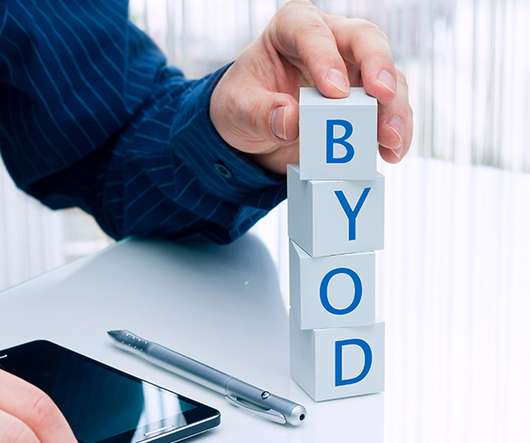BYOD and its Impact on Enterprise Content Delivery
Kitaboo
APRIL 16, 2019
Enterprise training is slowly coming out of the traditional classroom model into being a web-based and a mobile-driven training model, where employees can now be trained on any device at any time. With such a large number of people using smartphones, these devices have become a default choice to consume content.














Let's personalize your content